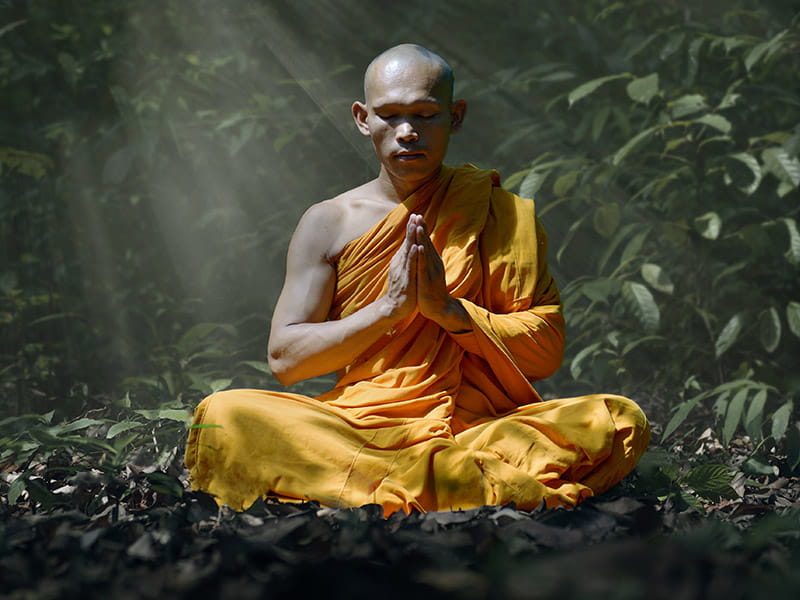Spent artillery shells, lined up like sentries, stood at the base of the mountain alcove where the tallest statue once soared 170-feet high. The Buddha's outline and piles of rubble were all that remained.
A narrow stairwell carved into the sandstone mountain wound its way up the side of the other, 120-foot Buddha. The stairs led to dusty rooms, their walls decorated with empty niches where smaller statues once stood.
Exactly one month ago, the Taliban's reclusive leader, Mullah Mohammed Omar, ordered the destruction of the mammoth mountain carvings and all other statues in Afghanistan. He said they were idolatrous and against the tenets of Islam, which forbids idol worship.
The largest of the two statues was believed to have been the world's tallest standing Buddha. Residents of Bamiyan, who considered the mountain monuments neighbors, called the lofty sandstone Buddha ``Solsol,'' meaning year after year.
The smaller statue was thought by the residents to be a woman, although no body parts were visible when it stood. They called her ``Shahmama,'' or kingmother.
On Monday, the Taliban flew about 20 foreign journalists aboard an old, government-owned Ariana Airline prop plane from Kabul, the capital, to Bamiyan province in central Afghanistan.
There, the journalists saw that holes had been cut into the statues, carved about 500 feet apart, for the placement of explosives.
``First, we destroyed the small statue. It was a woman. Then we blew up her husband, the big statue,'' said Abdul Haidi, the Taliban commander who oversaw the destruction.'' One soldier said it took four days to destroy the larger statue.
The Taliban ignored worldwide criticism by Muslims, Buddhists and appreciators of art to fell the ancient relics.
Faiz Ahmed Faiz, chief of the foreign ministry's press department, told reporters who came to see the mutilated monuments that the destruction was not intended to offend any religious groups.
``This decision was not against anyone. It was totally a domestic matter of Afghanistan,'' said Faiz. ``We are very disappointed that the international community doesn't care about the suffering people but they are shouting about the stone statues of Buddha.''
The Taliban, who impose a strict interpretation of Islam over the 95 percent of Afghanistan under their control, force women to be completely shrouded in the head-to-to covering called a burqa and shorts are unacceptable on men, even while playing sports.
With good reason. Reports as early as 1998 showed Taliban troops attacked the smaller statue, using mortars to blast its groin, arm and head. Also lost to history are the ancient frescoes in the niches above the largest Buddha.
The U.N.'s special peace envoy, Francesc Vendrell, has said that U.N. sanctions imposed in January to demand the extradition of Saudi dissident Osama bin Laden from Afghanistan may have emboldened the Taliban.
But the destruction of the two statues generated outrage from more than just Buddhists. Islamic countries issued appeals to the Taliban to spare the statues, saying their presence in Afghanistan did not offend Islam because they were no longer worshipped. Even Taliban's closest ally, Islamic Pakistan, pleaded for the preservation of the statues.
Many Afghans, as well as some U.N. officials, believe the decision to ruin the statues is indicative of the growing influence of the hard-liners within the Taliban.
Even as far back in July 1999, Omar issued a decree saying ``all historical cultural heritage is regarded as an integral part of the heritage of Afghanistan,'' specifically pointing out the two giant statues of Buddha in Bamiyan.

